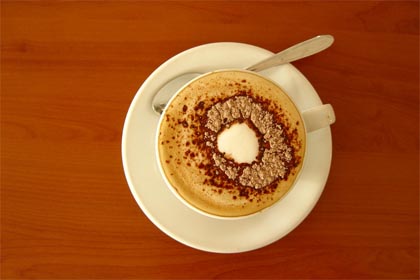35 USC. 102(a) – A person shall be entitled to a patent unless (a) the invention was known or used by others in this country, or patented or described in a printed publication in this or a foreign country, before the invention thereof by the applicant for patent.
Note: 102(a) applies if the invention was known or used before the date of invention (not the filing date) by a 3rd party. Overseas Activities – activities in NAFTA countries (12/8/93) and WTO countries (1/1/96) may be introduced to prove earlier conception and RTP.
Overcoming a 102(a) Rejection
- Prove an earlier date of invention (Rule 31) – 1) Swear behind a prior art reference; 2) Reduction to practice before the application filing date; or 3) Conception and diligence before the prior art reference until RTP
- Showing the references’ disclosure was derived from applicant – use disclaiming affidavits (“an affidavit or declaration under 37 CFR 1.131 antedating the reference”)
- Amend claims, arguing to examiner; of an earlier patent application [provisional, foreign (§119 is ok to establish earlier date of invention), divisional] – “a reply which perfects a claim of priority under 35 U.S.C. 119 (a)-(e) or 35 U.S.C. 120”
- Filing an application date sheet with specific reference to prior application

I presume that it is not barred under 102(a) for an inventor to publish his invention before the filing date of the patent application.
The statute says invention must not patented or described in a printed publication in this or a foreign country, BEFORE the invention thereof by the applicant for patent. So if the applicant describes his invention AFTER the invention thereof, it would be all right. Right?
Yes, you are correct. However, if you are planning to seek protection of your invention outside of the US, this is not the best plan of action since most countries have an absolute novelty requirement when filing for a patent. Thus, if your invention has been publicly disclosed in the US, you have forfeited your right to a patent in most other countries (except Australia and, I believe, Canada).
By “Rule 31” in the “Overcoming a 102(a) Rejection” section, do you mean Rule § 1.131 Affidavit or declaration of prior invention?
Difference between 102 (a) and 102 (e) for prior art – which could be a bar –
102(a) = publication is BEFORE your application – publication date is a prior art date
102(e) = publication is AFTER your application – effective fiing date is a prior art date
For US applications
Snapshot of 102
102(a) = anything BEFORE filing of US application
102(b) = ONE YEAR concept – before one year all that matters
102(c) = abandoned
102(d) = TWO applicaitons – Foreign and US
102(e) = patent / publication of another AFTER filing US application
102(f) f = fraud
102(g) = gone – invention by others before your invention in US
102(e) is not limeted only to the case that the prior art is patented/publicated after filing of your application.
102(e) says just the patent/publication is filed prior to thte filing of your application and should be patented/publicated after that.
sorry for error, published! 😉
This material for 102a,b,c,d,e,f, and g is the same as after AIA passed. I mean if these is any change in all these rule after this act passed. Thank you